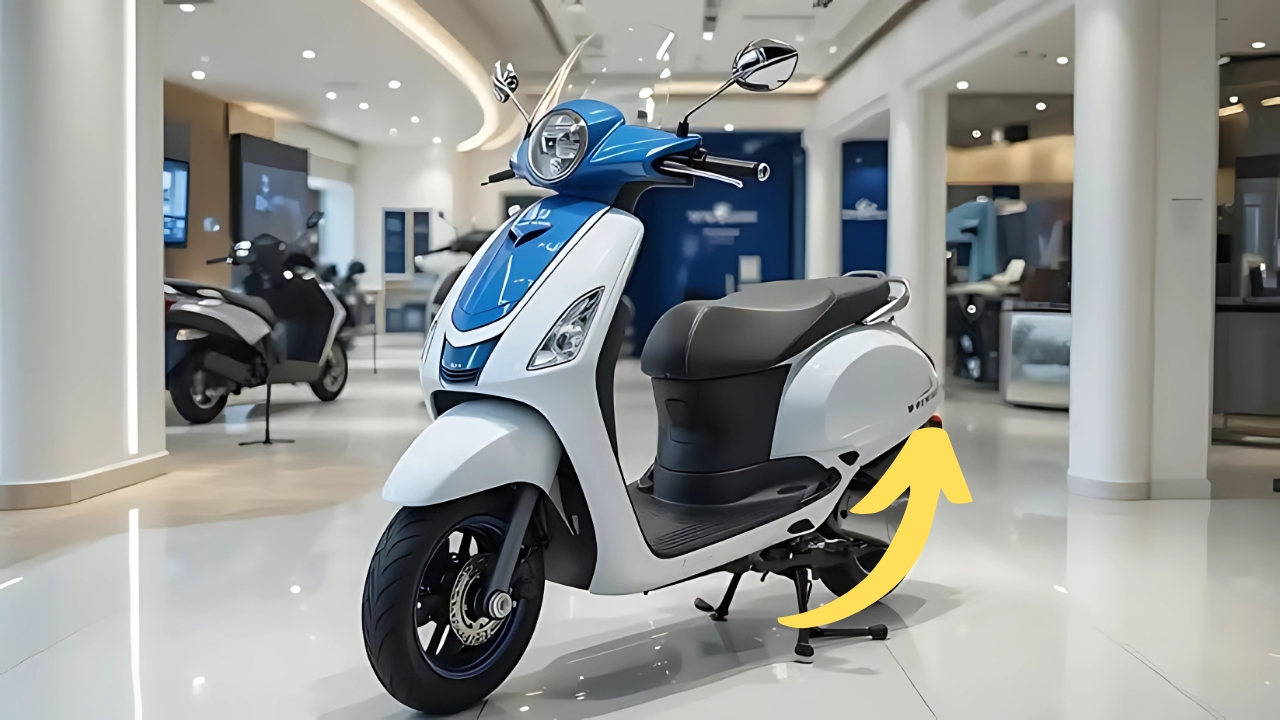The article discusses the recent entry of Tata Motors into the Indian electric two-wheeler market with the launch of its first electric scooter, the Nexon Electra. This marks a significant expansion of the company’s portfolio beyond its established four-wheeler range and reflects a deliberate strategic approach to the market.
Tata’s entry into the electric scooter segment is not a sudden move. Instead, the company has spent years developing infrastructure to support a comprehensive electric mobility ecosystem. This includes the establishment of a large-scale charging network, which now stands at 4,000 public charging points across 300+ cities, addressing one of the primary concerns of electric vehicle buyers – range anxiety.
The Indian government’s production-linked incentive schemes for advanced chemistry cell battery manufacturing and automotive components have created a favorable environment for domestic EV production. Additionally, rising fuel costs and growing environmental awareness among urban consumers have accelerated the acceptance of electric alternatives.
The Nexon Electra’s design departs from the futuristic aesthetic commonly seen in many competitors’ offerings. Instead, it features a design language that balances modern utility with subtle nods to Indian transportation heritage. The scooter’s unique features include a wraparound LED lighting signature, side panels with a texture inspired by traditional Indian textiles, and an instrument panel housing with a brushed aluminum finish and a nod to India’s railway heritage.
Tata’s electric scooter uses a proprietary battery platform, developed in partnership with Agratas, a Group company, rather than sourcing battery technology from established international suppliers. This approach allows for reliable and cost-effective production, ensuring a more accessible and affordable product for the Indian market.
The Nexon Electra is available in seven colors, including a limited-edition “Heritage Green” that pays homage to the iconic Tata 407 light commercial vehicles. The scooter’s initial launch is a 2.9kWh standard range version and a 3.7kWh extended range variant, both utilizing lithium iron phosphate (LFP) chemistry for safety and longevity.
The scooter’s pricing starts at ₹90,000 for the standard range variant and ₹1,05,000 for the extended range model, positioning itself in the middle of the electric scooter market between premium offerings from Ather and TVS and budget models from Ampere and Okinawa. Tata has also announced plans to expand the platform to include a more affordable model targeting delivery fleets and a premium offering with advanced rider assistance features by 2026.
The company’s target market is the practical commuter who values reliability over initial purchase price and appreciates the backing of an established automotive brand. The response to the scooter has been positive, with participants in a pre-launch test ride program praising the build quality, stable handling characteristics, and seamless integration with the broader Tata ecosystem.
Despite the advantages, Tata faces significant challenges in the electric scooter market, where established players have refined their offerings based on real-world customer feedback. However, the company’s infrastructure and manufacturing scale will likely accelerate cost reductions industry-wide, making electric mobility more accessible to a wider audience.
Overall, Tata’s entry into the electric scooter market brings both promise and challenges. As one of India’s largest industrial houses, it legitimizes the country’s electric two-wheeler segment and sends a clear signal about the sector’s long-term viability. The company’s focus on practical, reliable transportation rather than performance extremes will help normalize electric mobility for mainstream customers.

